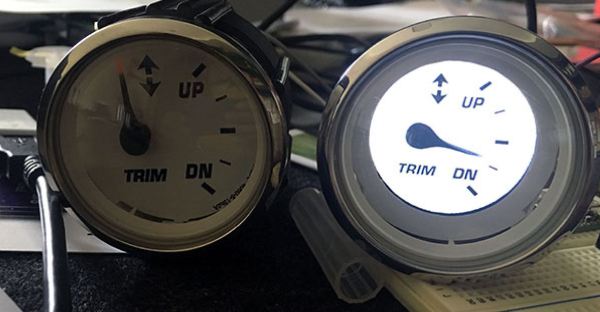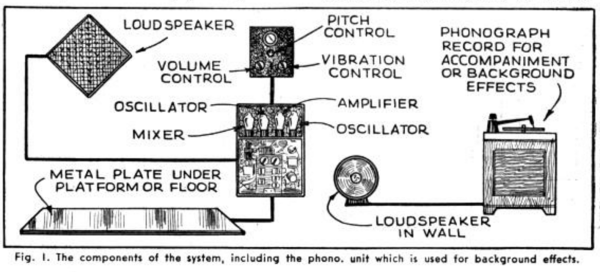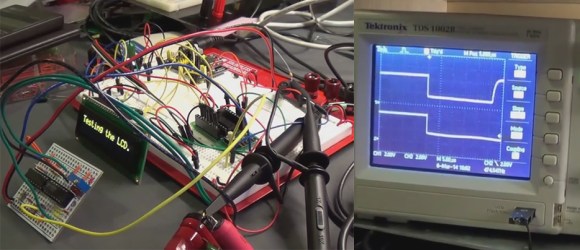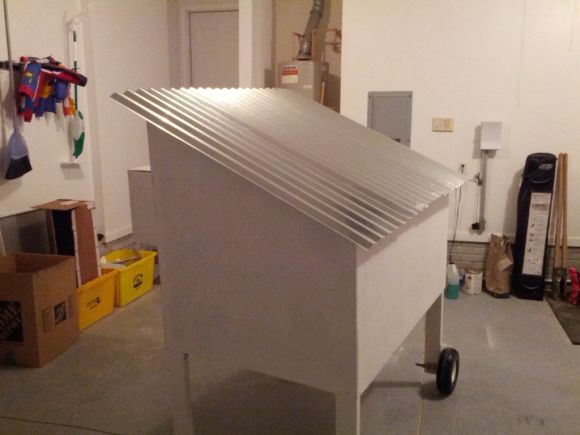The odds are that many of you do not own a boat that you get to tinker around with. [Mavromatic] recently acquired one that had — much to his consternation — analog gauges. So in order to get his ship ship-shape, he built himself a custom digital gauge to monitor his vessel’s data.
Restricted to the two-inch hole in his boat’s helm, trawling the web for displays turned up a 1.38-inch LCD display from 4D Systems. Given the confined space, a Teensy 3.2 proved to be trim enough to fit inside the confined space alongside a custom circuit board — the latter of which includes some backup circuits if [mavromatic] ever wanted to revert to an analog gauge.
Two days of acclimatization to the display’s IDE and he had enough code to produce a functional display right when the parts arrived.
Continue reading “Going Digital: Upgrading A Boat’s Analog Gauge”

















